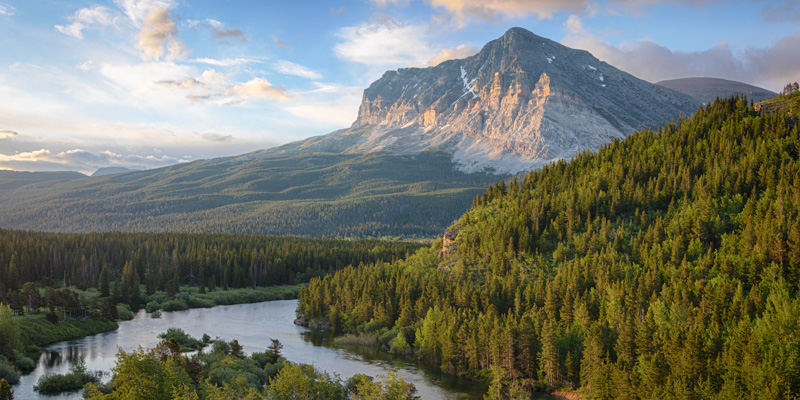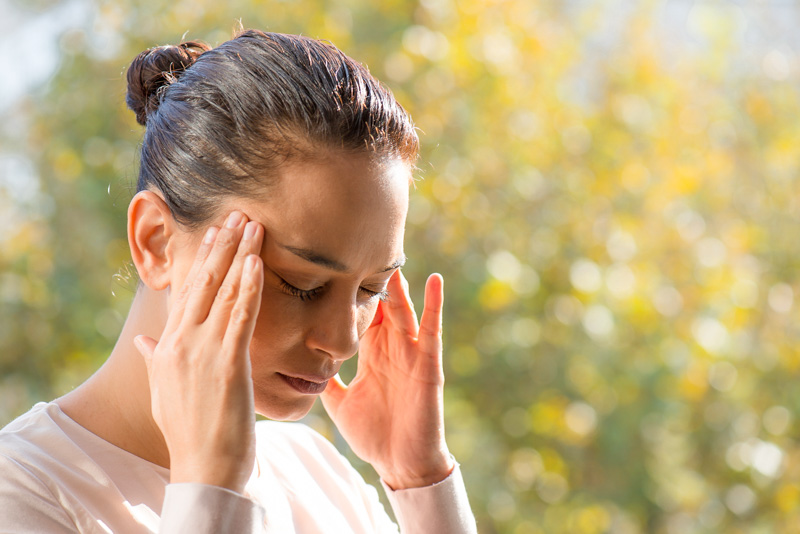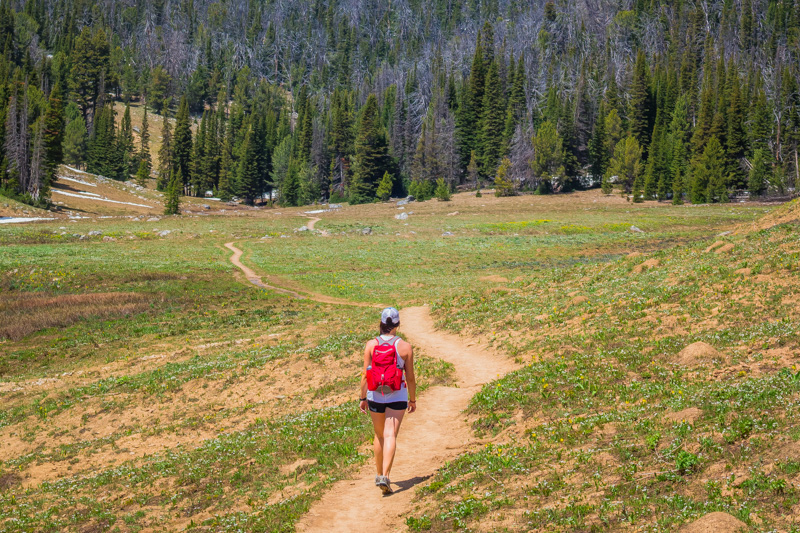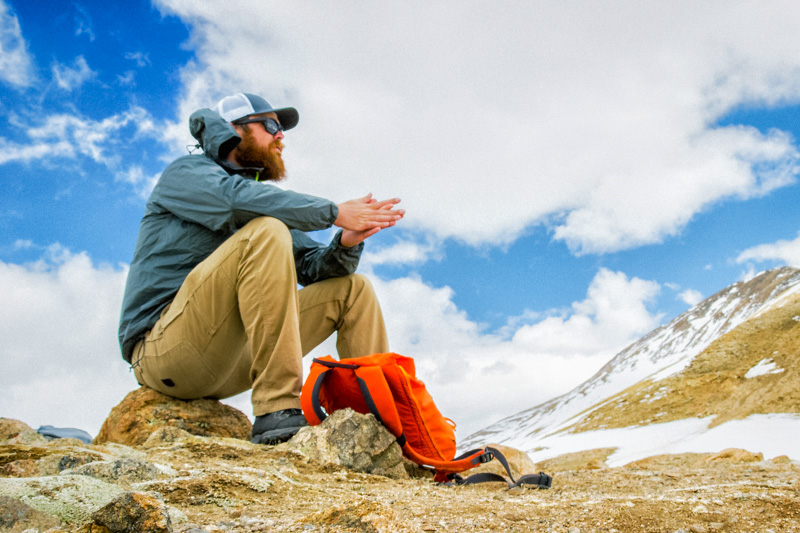Follow These Tips to Prevent Altitude Sickness in Big Sky

Stay Safe and Keep Your Vacation Fun by Avoiding Altitude Sickness
The elevation of Big Sky in town is 7,280 ft above sea level. Depending on where you're at on ski slopes or hiking trails, you can reach as high as 11,166 ft (top of Lone Mountain). At those high altitudes you need to be conscious of your body and know how to deal with altitude sickness (AKA Acute Mountain Sickness).Fortunately, there are easy and simple precautions you can take to protect yourself at these higher elevations in Big Sky. Follow the high altitude best practices listed below and you should have no trouble avoiding the effects of altitude sickness on your Big Sky vacation.

Symptoms of Altitude Sickness
First, let's go over the symptoms of altitude sickness. Watch out for these warning signs when you're at high elevation to help keep yourself and others safe. Common symptoms include:- Nausea
- Dizziness
- Aches
- Light-Headedness
- Fatigue
Failure to deal with altitude sickness immediately could result in a high altitude pulmonary edema, which is a life-threatening condition. However, so long as you're vigilant and follow the tips below, there should be no cause for concern exploring the gorgeous high altitude landscapes of Big Sky.

Go Slow & Take Time to Acclimate
It's all too common for those visiting places of high elevation to overexert themselves. This can happen by failing to take time acclimating to the altitude, recreating too intensely, or a combination of both.Especially if you've never been at higher altitudes, you'll want to take your first day in Big Sky fairly easy so your body can get used to the elevation. The reduced oxygen levels and lower atmospheric pressure up here can drastically affect your performance and cognition if you fail to give yourself enough acclimation time. So, spend your first day leisurely exploring the town and resort, saving your big active days for later in the trip.
Keep in mind though that just taking a rest day doesn't mean you'll can perform at altitude with the same intensity as at lower elevations. It's important to go slow and stay mindful of your condition as your hiking, biking, or skiing. If you start feeling any shortness of breath or lightheadedness, then stop and take a break until those feelings subside. Remember that no summit or view is worth putting yourself in a life-threatening situation.

Drink More Water
Simply put, you need to be drinking a ton of water; approximately 1-1.5 liters more than at sea level. Conditions are dry and you're far more prone to quick dehydration at theses high altitudes. Men should drink a minimum of 4 liters of water per day, and women should drink a minimum of 3 liters of water per day. If you're out recreating, then you'll need to drink more water than those daily minimums.In addition to the general practice of drinking more water each day, here are some extra hydration-based tips to help avoid acute mountain sickness:
- Limit Your Alcohol Consumption - Alcohol has a more potent effect at high elevation and will dehydrate you quickly. Avoid hangovers that will hamper your day of activity by limiting alcohol consumption in the evening.
- Add Electrolytes to Your Water - Electrolyte packets like Liquid IV or LMNT are great to add to your water bottles. Electrolytes will rehydrate you faster and help you recover from long days out on the mountain trails and ski slopes.
- Drink Little Amounts Often - Rather than drinking large amounts of water infrequently throughout the day, take smaller sips every 15-20 minutes for more consistent hydration.

Eat Plenty of Nutritious Foods
Water isn't the only thing you'll need more of at high altitude in Big Sky. It's equally vital that you're consuming enough calories and getting enough nutrients throughout the day. Especially on more active days, make sure you get a hearty breakfast and pack plenty of snacks to keep you going during all your adventures.Fruits, vegetables, whole grains, and pasta are all excellent for keeping you well-nourished and stabilizing your blood sugar. While we love a pub burger or slice(s) of pizza, we'd recommend leaving those meals to after a big hike or day on the ski slopes. Those meals make for nice rewards at the end of a long, hard day.
There are a ton of exceptional restaurants around Big Sky that can help you stay energized and nourished. Check those out on our dining guide, or browse nearby grocery stores if you prefer to cook in your vacation rental's kitchen.

BONUS: Wear Adequate Sun Protection
This tip is more for helping prevent sunburn and heatstroke than altitude sickness, but since none of those options are any fun we feel it's still worth sharing. The sun's UV rays are far more intense at Big Sky's high altitudes compared to at sea level, so you need to bring adequate sun protection in both the summer and winter.During summer, sunscreen will be your best friend. Whether you're out hiking towering peaks or just wandering Big Sky resort, make sure you're applying sunscreen throughout the day. To further protect yourself you can wear sunglasses, a hat, and long-sleeve UPF clothes.
If you're visiting during winter, the biggest areas of concern will be your face and eyes. Since the snow reflects sunlight with great intensity, you're face can burn even faster during this season compared to summer. Apply sunscreen to the exposed areas on your face, and always wear sunglasses or ski goggles outside.
So long as you stick to those tips and stay mindful of your condition, you should have no problems enjoying your time at high elevation in Big Sky. If you have any relevant health conditions or just want added peace of mind, then talk to your doctor before your trip to learn more about how you can avoid altitude sickness.
When you're ready to kickstart your Montana vacation, head over to over vacation rentals page to browse our catalog of luxury Big Sky rentals.


